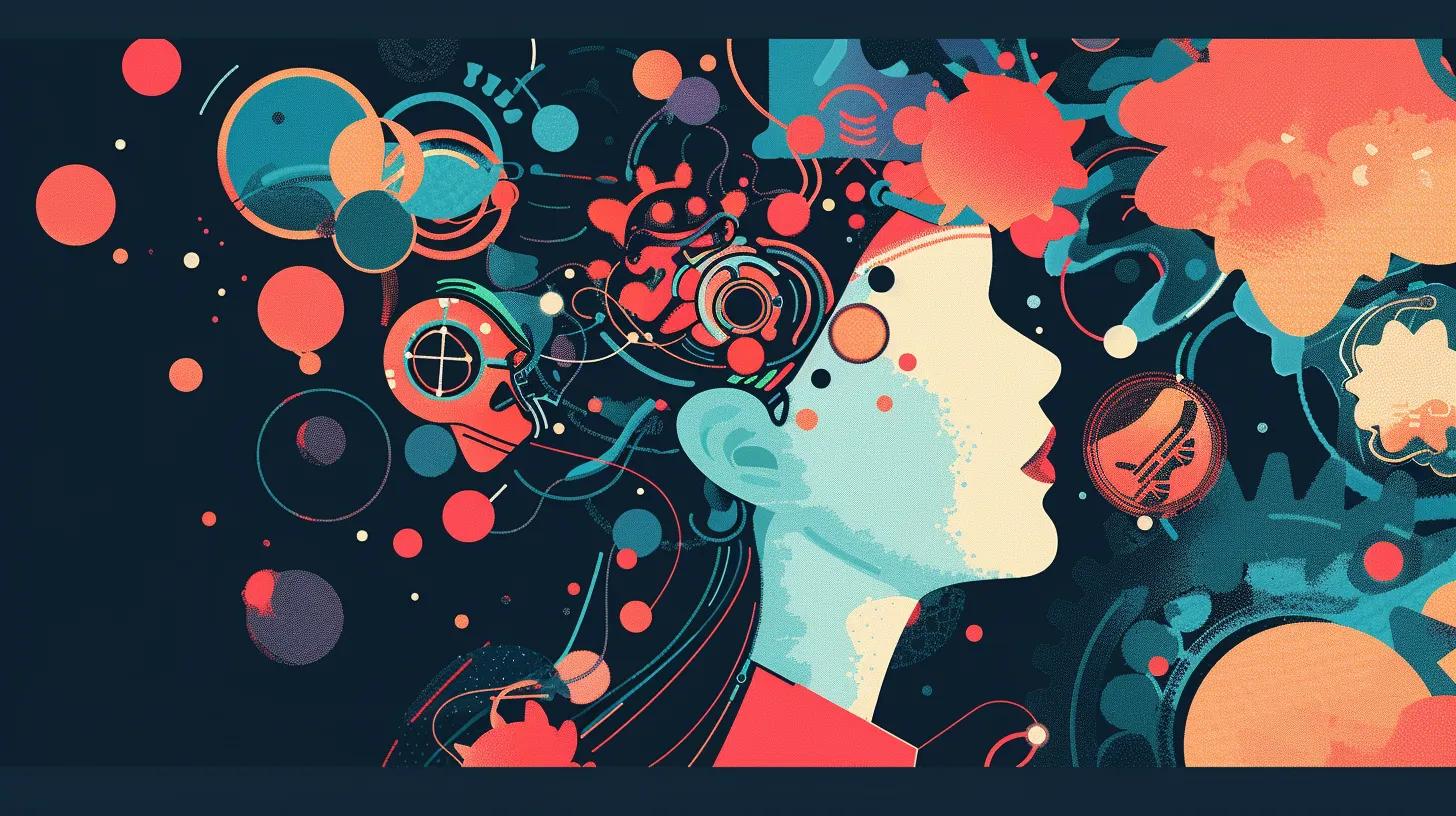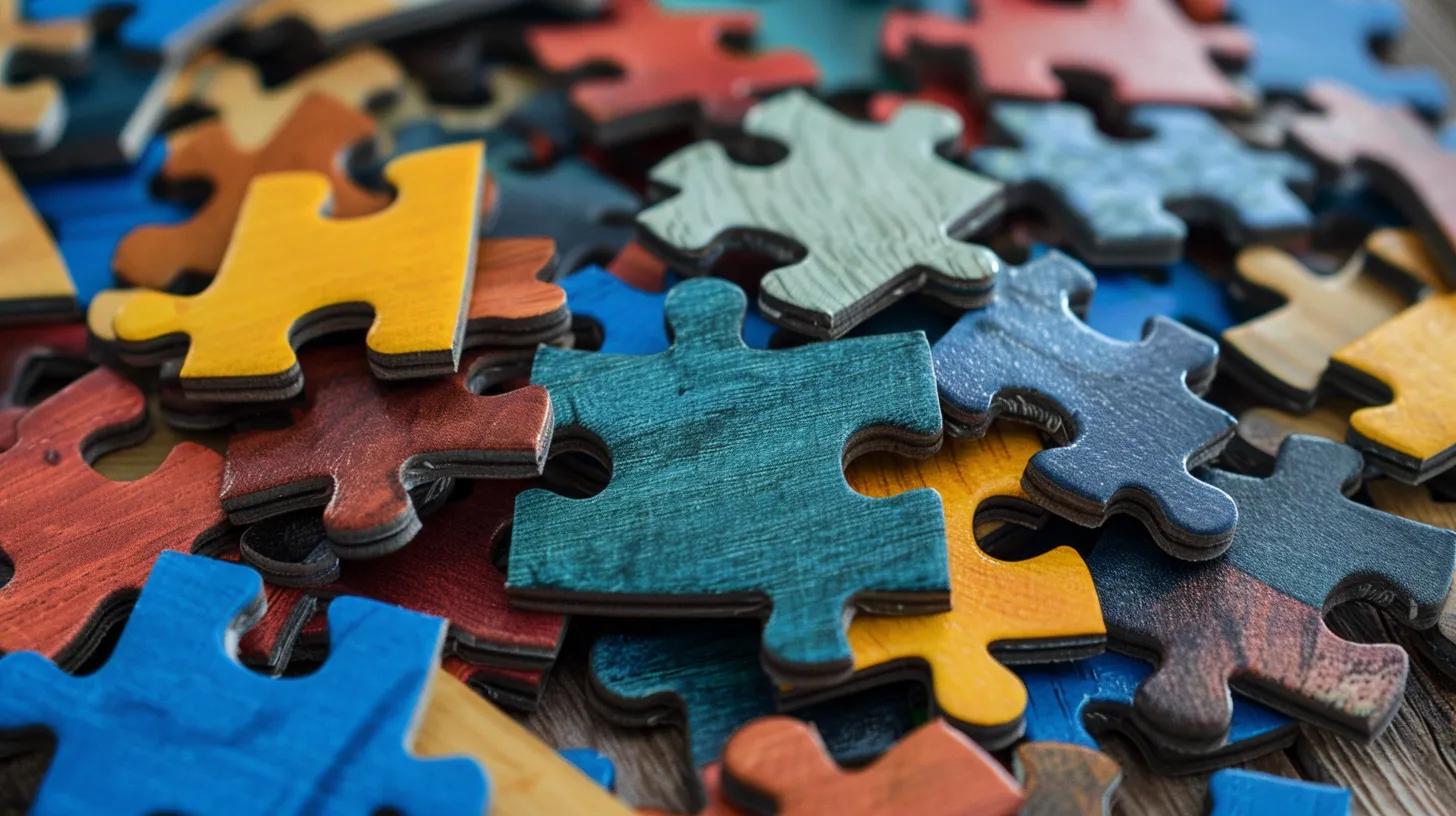



..png)

“No man is an island.” – John Donne
This timeless quote reminds us of a truth that is especially relevant in mental health: humans are inherently social beings. Our emotional and psychological well-being is not shaped in isolation, but within the dynamic networks of our relationships, environments, and communities.
As mental health professionals, we know that mental health is influenced by a wide range of biopsychosocial factors—including genetics, physical health, access to care, and life experiences. But one of the most powerful, and often underutilized, influences on client outcomes is community.
A supportive community can buffer against stress, promote recovery, and improve long-term outcomes. On the flip side, social isolation, disconnection, or stigmatizing environments can exacerbate mental health challenges and make healing more difficult. Yet many treatment plans overlook this essential element.
This blog aims to bridge that gap. It will provide clinicians, counselors, and support group facilitators with a deeper understanding of how community shapes mental health—and how to strategically harness its benefits to better support your clients.
Community, at its core, is more than just a physical location—it’s a network of meaningful relationships and shared experiences. From a clinical standpoint, it's important to recognize both physical and emotional dimensions of community:
Both forms provide a framework for belonging, identity, and support. For individuals coping with mental health challenges, being part of a community can help combat loneliness, reinforce self-worth, and foster emotional security. When clients feel seen, accepted, and valued within a group, it can become a powerful source of healing.
This is especially important as clinicians consider social determinants of health. A strong community offers protective factors that complement clinical interventions and enhance psychological resilience.
The link between community and mental health is not just theoretical—it is deeply rooted in research and evidence-based frameworks.
One of the most influential is Lazarus and Folkman’s Stress and Coping Theory, which emphasizes how people evaluate and respond to stress. According to this model, individuals rely on both internal and external resources to cope—and social support plays a vital role in how stress is appraised and managed. When clients feel connected to a supportive network, their perceived stress is often reduced, making it easier to navigate life’s challenges.
Further building on this is the concept of social capital, particularly the type defined by McMillan and Chavis (1986) as a “sense of community.” This includes four core elements:
When these dimensions are present, they create an environment that not only supports mental wellness but actively protects against psychological decline. For clients who may lack familial or systemic support, cultivating a sense of community can be a lifeline.
For practitioners, recognizing and promoting this protective factor can be transformative. Encouraging clients to engage with communities that align with their identities and values isn't just a supplementary suggestion—it’s a core component of whole-person care.
As mental health professionals, we often see firsthand how isolation can quietly erode a person’s well-being. But the broader public health data underscores just how serious the issue is.
According to the Centers for Disease Control and Prevention (CDC), loneliness and social isolation are now recognized as significant public health risks, particularly for adults aged 50 and older. These conditions don’t just impact mental wellness—they can dramatically affect physical health too.
One landmark study by Holt-Lunstad (2010) found that a lack of social connection can be as harmful to health as smoking 15 cigarettes per day. That’s a staggering comparison and one that should reframe how we talk about social isolation in clinical settings.
Social isolation has been consistently linked with:
When clients are disconnected from meaningful relationships or communities, their ability to cope with stressors weakens. Without a support system, even manageable challenges can feel overwhelming, often exacerbating symptoms of existing mental health conditions.
Isolation doesn’t just impact the mind—it takes a toll on the body:
These health risks are not limited to older adults; they affect people across all age groups. For mental health professionals, it’s critical to recognize that treating isolation isn’t just about emotional well-being—it’s about protecting the whole person.
When clients begin to engage with their communities—whether through volunteering, group activities, or informal social circles—they experience tangible improvements in their mental health. These benefits are backed by extensive research and can be integrated into your clinical practice.
Here’s what community involvement can offer your clients:
As clinicians, we can empower clients to view these engagements not as distractions, but as essential components of their mental health toolkit.
Beyond symptom reduction, community engagement is crucial in sustaining recovery and fostering long-term stability.
Incorporating community engagement into your practice isn’t just good in theory—it’s transformative in action. Encouraging your clients to build and maintain social ties can lead to better outcomes, deeper self-awareness, and a more resilient path to wellness.

Community-based mental health care represents a significant shift from traditional, institution-centered treatment models to more patient-focused, accessible, and integrated systems of care. Instead of confining mental health services to hospitals or clinics, this approach brings support directly to where people live, work, and connect—within their communities.
This model includes a wide range of services such as:
Together, these services form a comprehensive care network designed to be proactive, flexible, and person-centered—especially for individuals who may face barriers in accessing traditional care.
Community-based mental health models offer significant advantages not only to clients but also to practitioners striving to deliver more effective and responsive care.
One of the greatest barriers to treatment is wait time. Community-based services, especially mobile crisis units and outreach programs, allow clients to receive timely interventions without the bottleneck of hospital systems. This immediacy often leads to better engagement and de-escalation during crises, reducing the need for hospitalization.
Many communities still rely heavily on police or emergency departments to respond to mental health crises. But studies have shown that involving law enforcement in non-violent mental health situations can escalate fear and trauma. Community-based models offer a safer alternative, allowing trained professionals to lead with compassion and clinical expertise. This shift also reduces pressure on hospitals and minimizes unnecessary institutionalization.
Outreach programs and mobile care units are essential tools for reaching unhoused individuals, those living in rural areas, and clients with limited mobility or financial means. By eliminating transportation and cost barriers, these models help ensure that mental health care is truly equitable and inclusive.
Perhaps the most meaningful benefit of community-based care is the focus on long-term relationships and holistic treatment. Through follow-up visits, peer support, and integrated services, professionals can maintain therapeutic momentum, monitor progress, and help clients build lasting skills for resilience and self-management. This continuity of care significantly improves treatment adherence, satisfaction, and long-term outcomes.
Numerous studies confirm what many clinicians observe in practice: the social fabric of a client’s community plays a vital role in their mental health.
Family and relationship dynamics matter too. Research shows:
As a mental health professional, it's important to assess a client’s social environment as part of the intake and treatment planning process. Encouraging clients to strengthen their connections—both at home and in their broader communities—can be a powerful, evidence-based intervention.
Stigma remains a stubborn barrier to mental health care—but communities have the power to either reinforce or dismantle it.
On the other hand, in communities where mental illness is misunderstood or taboo, self-stigma can become internalized, leading clients to avoid care or downplay their symptoms.
For mental health professionals, this is a call to partner with community leaders, advocate for awareness campaigns, and educate clients and families. By normalizing mental health care as a part of everyday well-being, we empower individuals to take the first—and often hardest—step toward healing.

While the mental health benefits of community engagement are well documented, many clients face real and often complex obstacles to becoming involved. As professionals, it's essential that we understand and address these barriers with empathy and practical solutions.
Despite these barriers, several enablers can help foster engagement:
Mental health professionals play a pivotal role in bridging clients to community participation:
By understanding both the obstacles and the solutions, clinicians can help clients build the confidence and means to step into supportive community spaces.
Community engagement isn’t just a nice-to-have—it can be a strategic part of a comprehensive treatment plan. Integrating volunteering, social connection, and skill-building into therapy can have measurable and lasting benefits.
Clients who participate in community activities often experience:
These actions can gradually build resilience and self-efficacy, reinforcing the clinical work done in-session.
To track progress and guide interventions, professionals can use:
These instruments help quantify changes in clients’ stress levels, support networks, and social connectedness.
In every stage of the therapeutic journey, community matters.
It offers resilience during hardship, purpose in recovery, and a sense of belonging that no clinical tool can fully replicate. Whether it's through peer support, structured programs, or informal networks, communities have the power to transform mental health outcomes.
As mental health professionals, we are uniquely positioned to help clients bridge the gap between isolation and connection. By integrating community engagement into treatment, tailoring referrals, and partnering with local resources, we expand the support system available to each individual we serve.
Let’s not underestimate the power of connection. Invest in local and virtual community partnerships. Educate your clients about support options. And most importantly, introduce them to platforms like MentalHappy.com—where they can safely join support groups, connect with peers, and access compassionate mental health resources anytime, anywhere.
When clients feel supported not only by their therapist but by a community that surrounds and uplifts them, recovery becomes not just possible—but sustainable.

If you are in a life-threatening situation - DO NOT use this platform.
Use these resources to get immediate help.


